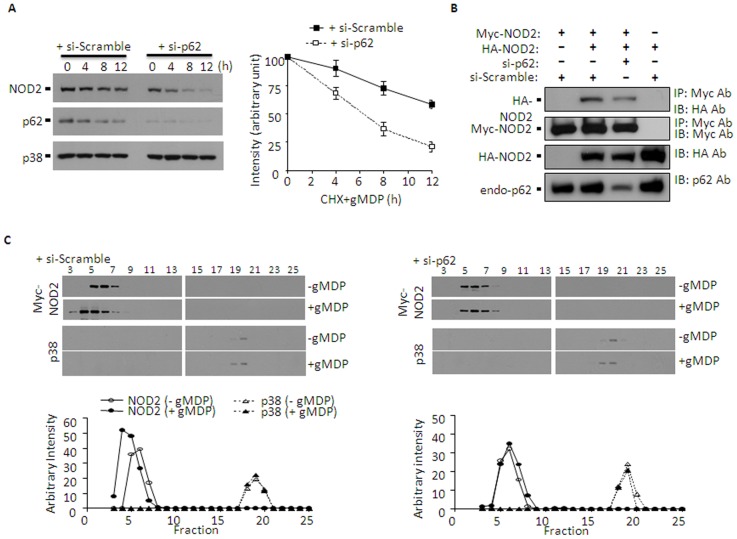Figure 5. p62 stabilizes gMDP-induced NOD2 oligomers.
A. HEK293T cells were stably transfected with pLNCX-NOD2 as described in “Methods”. These cells were treated with scramble (si-Scramble) or p62 targeting (si-p62) small interference RNAs for 24 h. Cells were then treated with the translation inhibitor cyclohexamide (CHX, 100 µg/ml) and gMDP (5 µg/ml) for the time indicated, and immunoblots against NOD2 were performed. Intensities of NOD2 bands in comparison with p38 bands (loading control) were expressed as 100% for control samples (right panel). The ImageJ (NIH) program was used for densitometry analysis and data were expressed as mean ± S.D. (n≥4). *p<0.05 (Student t-test). B. HEK293T cells were transiently transfected with Myc-NOD2, HA-NOD2, and scramble (si-Scramble) or p62-targeting (si-Scramble) small interference RNAs. Myc-NOD2 was immunoprecipitated with anti-Myc antibodies and immunoblots were performed against HA or Myc. Immunoblots for total lysates against HA and p62 were performed for HA-NOD2 and endogenous p62 inputs (3rd and 4th lanes, respectively). C. HEK293T cells were transfected with Myc-NOD2 at 16 h post-transfection with scrambled siRNA or p62-siRNA. After 24 h, cells were further cultured without or with gMDP (5 µg/ml) for 4 h and cell extracts were loaded onto the Superdex™ 200 column. Fractions were analyzed by immunoblot using Myc antibody for estimation of Myc-NOD2 oligomerization (upper panel). Immunoblot for p38 was used as a control. Myc-NOD2 and p38 immunoreactivities were analyzed using NIH ImageJ program (bottom panel).

